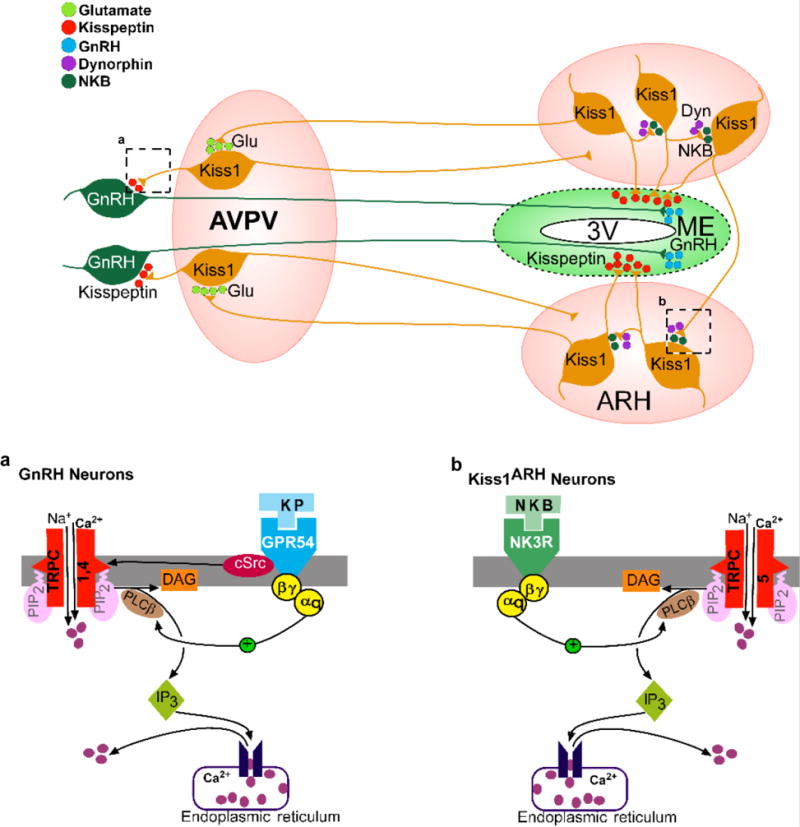Figure 1. A model by which activation of Kiss1 neurons governs GnRH neuronal excitability through TRPC channels.

Activation of Kiss1 neurons in the ARH releases neurokinin B (NKB) that depolarizes and recruits other Kiss1ARH neurons. Dynorphin is co-released and acts presynaptically to modulate (inhibit) the release of NKB. Together the two peptides govern the synchronous activity of Kiss1ARH neurons and promote kisspeptin release that stimulates GnRH release in the median eminence (ME). Kiss1ARH neurons also communicate with the Kiss1AVPV/PeN neurons via the fast neurotransmitter glutamate, which stimulates burst-firing of Kiss1AVPV/PeN neurons. Activation of these rostral Kiss1 neurons releases kisspeptin to robustly excite GnRH neurons via activation of the GPR54 (Kiss1R) signaling cascade, thereby stimulating the release of GnRH at the time of the preovulatory surge. Kisspeptin, GPR54, NKB, TacR3 and GnRH are all required for normal fertility. [Modified from Fig. 12, Qiu et al., 2016. Elife doi: 10.7554/eLife.16246.] (a) Kisspeptin excites GnRH neurons through TRPC 4 channels. Kisspeptin binds to the Gq-coupled GPR54 receptor to activate phospholipase Cβ (PLCβ), which catabolizes PIP2, potentiates TRPC channel activity and inhibits the inwardly rectifying K+ channel activity. cSRC kinase, which is activated by kisspeptin/GRP54 signaling, potentiates the activity of TRPC 4 channels; and (b) Neurokinin B excites Kiss1ARH neurons through TRPC 5 channel activation.
